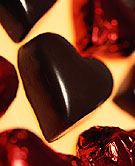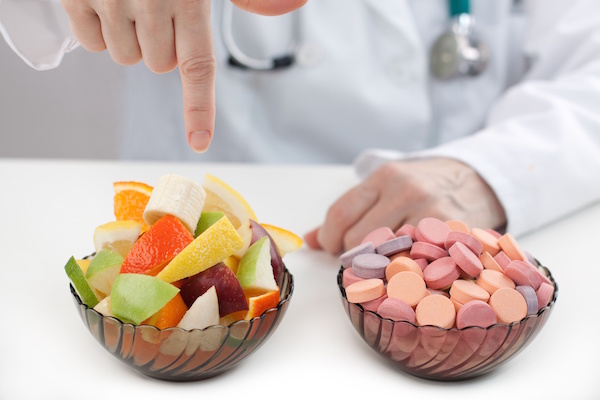
SUNDAY, May 9 (HealthDay News) — Something in dark chocolate seems to help protect the heart, and now researchers say they have identified the molecular mechanism by which a compound found in cocoa can guard against the damage of a stroke.
The compound, a flavanol called epicatechin, triggers two built-in protective pathways in the brain, according to a report published online last week in the Journal of Cerebral Blood Flow & Metabolism. The research team was led by Sylvain Dore, an associate professor of anesthesiology and critical care medicine and pharmacology and molecular sciences at John Hopkins University School of Medicine in Baltimore.
Animal studies raise the possibility that epicatechin may someday be used to treat strokes in humans, since its protective effect can be seen more than three hours after a stroke. Existing stroke treatments typically have a shorter window of activity.
While the cardioprotective effect of dark chocolate seen in several human studies appears to open the possibility that eating lots of chocolate is healthy, “I prefer to focus on cocoa,” Dore said. “Cocoa is not like chocolate, which is high in saturated fat and calories. Cocoa can be part of a healthy diet, combined with fruits and vegetables.”
It was a study of the cocoa-drinking Kuna Indians, living on islands off the coast of Panama, that led researchers to study epicatechin. An unusually low incidence of stroke and other cardiovascular disease in that population could not be explained by genetic studies, and eventually was attributed to consumption of a very bitter cocoa drink.
Studies by a number of scientists, including Dr. Norman K. Hollenberg of Harvard Medical School, identified epicatechin as the protective ingredient in dark chocolate and cocoa.
The latest research looked at the mechanism of protection in mice who were induced to have strokes. “We gave different doses of epicatechin in mice 90 minutes before a stroke and found that it reduced infarct [stroke damage] size,” Dore explained. “When we gave epicatechin after a stroke, it had a protective effect up to 3.5 hours later, but not after six hours.”
Detailed studies showed that the flavanol activated two well-known pathways that shield nerve cells in the brain from damage, the Nrf2 and heme oxygenase pathways, Dore said. Epicatechin had no protective effect in mice bred to lack those pathways.
The possibility of using epicatechin to limit human stroke damage is distant, Dore said. “We have to be very careful,” he said. “There are a lot of steps before going to human trials, potential risks and side effects. We need more work and more funding.”
Dore’s long-term plan calls for studies of epicatechin metabolites and derivatives, in cardiac disease as well as stroke. “At this point, we are using only the pure compound,” he said.
Dr. Martin Lajous, a doctoral candidate at the Harvard School of Public Health who took part in one study that showed a reduced incidence of stroke in people who ate dark chocolate regularly, agreed with Dore in saying that eating a lot of chocolate is not a healthy dietary move.
Not all chocolate is created equal, Lajous said. “That’s why we did the study in France, where they eat dark chocolate that is rich in flavanols,” he said. “Chocolate comes with a lot of calories. I would talk about small amounts of dark chocolate rather than chocolate in general.”
And the protective mechanism by which chocolate might prevent stroke isn’t yet clear, Lajous added. The main effect appears to be the lowering of blood pressure, he said. “Flavanols are hypothesized to affect relaxation of smooth vascular muscle, such as the endothelial lining of blood vessels,” Lajous said.
More information
For more about stroke, visit the U.S. National Library of Medicine.

